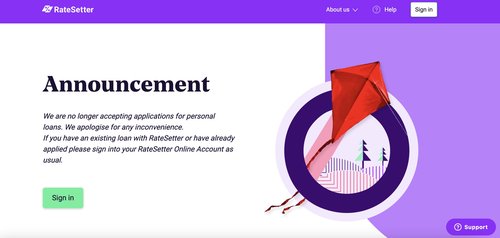Why Open Banking is the next frontier for financial services marketing
After the initial commotion surrounding January’s introduction of the EU’s Open Banking regulations, things have gone a little quiet, in the media at least.
Some might say this is down to the fact that five of the nine major UK banks that had been set the January deadline asked for extensions varying from weeks to a few months, so we’re still waiting for the full impact of the initiative to be unleashed. More tellingly, it is clear that most of the general public hasn’t a clue what all the fuss is about.
A survey by the consumer group, Which?, found that 92% of people had never heard of Open Banking. Partly that’s because those with the biggest leverage have done very little to get the message across – the banks were never going to try too hard in the early days – but mainly it’s because the industry jargon has no resonance with the public. Customers are interested in solutions and benefits, not APIs and data sharing protocols, and until the products of Open Banking become mainstream, we shouldn’t expect survey results to look any different.
Beyond basic awareness, though, there is a significant issue of trust which the Open Banking world needs to confront. According to Accenture, 69% of people say they may not be willing to share their data. Why, they ask, after all these years of grave warnings against inadvertently dropping their guard, would they volunteer to give open access to highly sensitive financial information?
This creates a significant marketing challenge for the proponents of Open Banking propositions.
Marketing Open Banking is like marketing any innovation – it requires taking customers on a journey from awareness, to understanding and trust.
Awareness and understanding are created by talking about anything other than Open Banking. The spirit and the logic of the whole change is innovation and competition. Consumers need to see how the new services will benefit them and how they’ll be in charge of the information being accessed and shared.
Trust is more complicated. Customers need to know why it’s suddenly a good idea to share financial information when all the stories they have heard to date scream out that they should do exactly the opposite.
Thus far, many of the launches have been based on the interface – it’s still the same old banking underneath – with features added to help users visualise and manage their money. Apps such as Yolt, Cleo, Money Dashboard and Emma are helping users monitor their spending and budgeting. Others are helping to save, such as Chip, and Plum. There are also apps to help identify the best bank accounts to switch to based on activity, like Bean and Mespo. Useful, yes: useful enough to open up your bank account for? That’s the challenge.
There’s a parallel here with the neo-banks that have launched in recent years. People have been signing up to the likes of Monzo, Starling, Revolut and Atom in huge numbers, but there’s a question mark over how many of these accounts are being actively used. People might profess not to love their main bank, but they still seem to trust them more than most FinTechs.
And therein lies the clue. Until the banks themselves endorse and advocate certain apps, customers are going to be dubious about the authenticity and safety of many of the providers.
To dismiss Open Banking on the grounds of early take up, though, would be myopic. I have no doubt that we will see marked change in time, and we’re probably talking a 2-3 year horizon here, with marketing linked to attracting digital natives who will see the process as no different to sharing personal data through the multitude of apps on their phones. Are they aware they are doing this? Yes. Do they mind? Not much – as long as the utility of the app serves a valuable purpose.
We will see in this timeframe too, how the banks will react. Many commentators are positioning open banking as a threat to the incumbent banks, whereas it is, of course, an opportunity. What bank wouldn’t want to retain its position as the ‘go to’ place for a customer to access all of their financial information, with some useful additional analysis thrown in to boot? HSBC’s tie up with Bud is a great example of a bank’s forward thinking and a sign of the future. A massive customer franchise, huge amounts of capital, an open mind to R&D – we are likely to find that open banking will tick the innovation box, but not radicalise competition in mainstream banking for many years to come.
The Competition and Markets Authority and the Fintech industry have declared themselves very excited by the commercial possibilities presented by this brave new world. The marketing and communications now need to step up to the mark.
Related Reading

Blog: Whatever happened to RateSetter?
by Neil Edwards, 4 minute read

Blog: The Real Cost of Investing with St James's Place
by Neil Edwards, 3 minute read